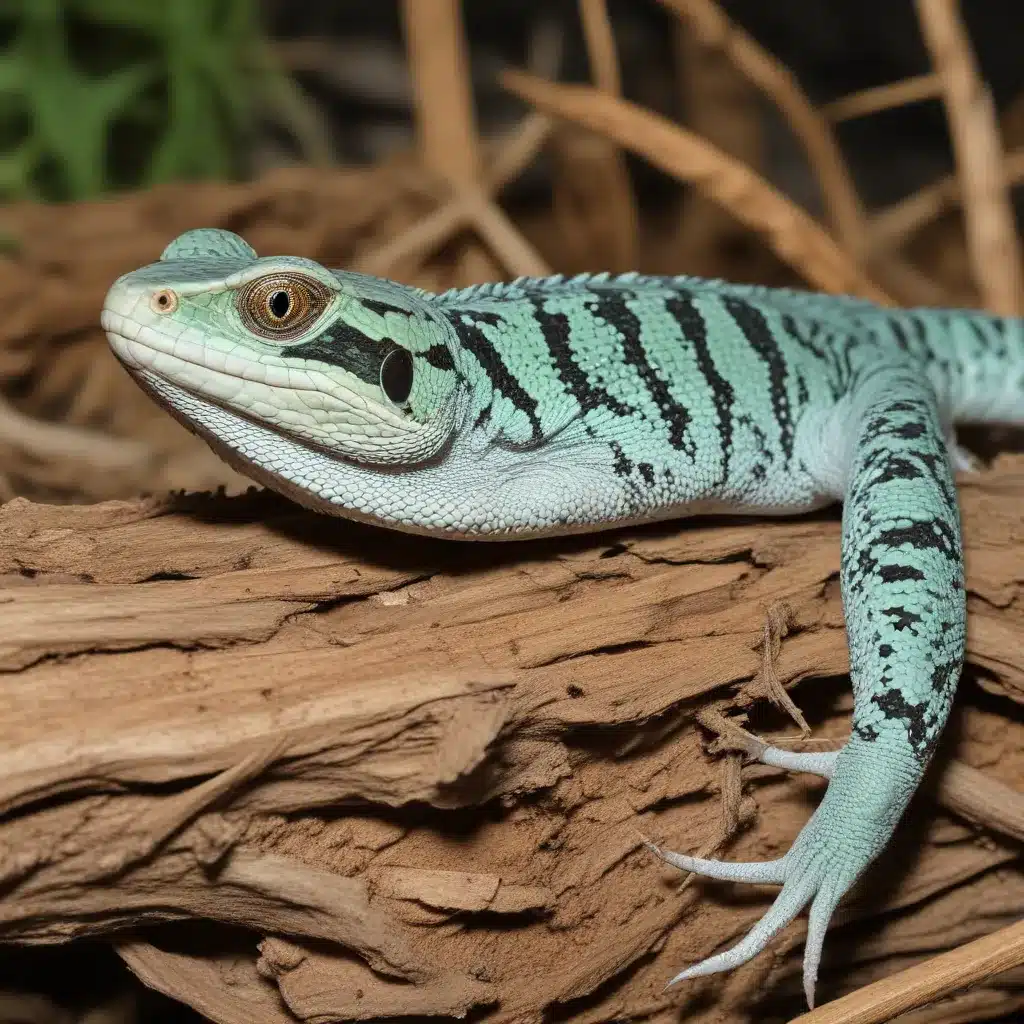
Maintaining Healthy Reptile Populations
Caring for and breeding exotic reptiles requires a deep understanding of the unique needs and characteristics of each species. One of the most crucial considerations in reptile husbandry is preserving the genetic diversity of captive populations. This is essential not only for the long-term viability of the species but also to ensure the overall health and adaptability of the animals under our care.
Genetic diversity is the cornerstone of a population’s ability to thrive and adapt to changes in their environment. When a reptile population lacks genetic variation, it becomes more vulnerable to diseases, environmental stressors, and the detrimental effects of inbreeding. This can lead to reduced fitness, decreased fertility, and even the increased risk of extinction. By implementing responsible breeding strategies, reptile enthusiasts and breeders can help safeguard the genetic health of their captive animals and contribute to the conservation of these remarkable creatures.
Understanding Reptile Genetics
Advancements in genomic technologies have given us a deeper understanding of the genetic makeup and diversity within reptile populations. By studying the genomes of various reptile species, researchers have gained valuable insights into the genetic traits that influence factors like disease resistance, environmental adaptations, and reproductive success.
One key aspect of reptile genetics is the concept of inbreeding. When a population becomes isolated or has a small number of breeding individuals, the risk of inbreeding increases. Inbreeding can lead to the accumulation of deleterious genetic mutations, reduced genetic variation, and decreased fitness within the population. This can have far-reaching consequences for the overall health and viability of the captive animals.
Responsible Reptile Breeding Practices
To preserve the genetic diversity of captive reptile populations, it is essential to implement responsible breeding practices. This involves carefully selecting breeding pairs based on their genetic makeup, avoiding close relatives, and introducing new bloodlines into the breeding pool.
One effective strategy is the use of genetic testing and analysis. By examining the genetic profiles of potential breeding individuals, reptile enthusiasts and breeders can make informed decisions about which animals to pair, ensuring that they are not closely related and maintaining a diverse gene pool. This approach can help minimize the risks of inbreeding and promote the long-term sustainability of the captive population.
Another important consideration is the management of captive breeding programs. Reptile enthusiasts and breeders should strive to maintain large, genetically diverse breeding groups, rather than relying on small, isolated populations. This can be achieved by collaborating with other reptile keepers, participating in conservation programs, and regularly introducing new genetic material into the breeding pool.
Legal Considerations in Reptile Breeding and Sales
In addition to the technical aspects of reptile breeding, it is crucial to be aware of the legal requirements and regulations surrounding the sale and trade of exotic reptiles. These laws vary depending on the species, geographic location, and the intended purpose of the transaction (e.g., commercial, private, or conservation-related).
Responsible reptile enthusiasts and breeders must familiarize themselves with the relevant laws and regulations in their area. This may include obtaining the necessary permits, licenses, or certifications, as well as adhering to guidelines on the transport, housing, and record-keeping of the animals. Failure to comply with these legal requirements can result in serious consequences, both for the reptile keeper and the animals themselves.
Species-Specific Breeding Considerations
When it comes to reptile breeding, it is essential to understand the unique characteristics and needs of each species. Different reptile species may have varying reproductive strategies, gestation periods, and environmental requirements for successful breeding. Reptile enthusiasts and breeders must research and understand the specific needs of the species they are working with to ensure the well-being of the animals and the long-term viability of the captive population.
For example, some reptile species may require specific temperature, humidity, or substrate conditions to trigger breeding behaviors, while others may have unique courtship rituals or parental care behaviors. Failure to provide the appropriate environmental conditions or to accommodate the species-specific needs can lead to breeding failures, reduced fertility, or even the abandonment or cannibalization of offspring.
Reptile Health and Veterinary Considerations
Maintaining the health and well-being of captive reptiles is another critical aspect of responsible breeding and husbandry. Reptile enthusiasts and breeders must be vigilant in monitoring the physical and behavioral health of their animals, and be prepared to seek veterinary care when necessary.
Common health concerns in reptiles may include respiratory infections, parasitic infestations, metabolic disorders, and reproductive issues. Regular check-ups, proper nutrition, and appropriate environmental conditions can help prevent many of these problems. In the event of illness or injury, it is essential to work closely with qualified reptile veterinarians to ensure the proper diagnosis and treatment of the animals.
By prioritizing the health and well-being of their captive reptiles, breeders can not only improve the chances of successful breeding but also contribute to the overall conservation of these remarkable creatures.
Conclusion
Preserving the genetic diversity of captive reptile populations is a crucial responsibility for all reptile enthusiasts and breeders. By implementing responsible breeding practices, adhering to legal requirements, and prioritizing the health and well-being of the animals, we can help ensure the long-term sustainability of these remarkable species.
Through ongoing research, collaboration, and a deep understanding of reptile biology and husbandry, we can work towards a future where exotic reptiles thrive in captivity and contribute to the conservation of their wild counterparts. By embracing these principles, reptile enthusiasts and breeders can play a vital role in safeguarding the genetic diversity and resilience of these incredible animals.
Remember, the key to successful and sustainable reptile breeding lies in a commitment to ethical practices, a dedication to continued learning, and a deep respect for the natural world. By upholding these values, we can work towards a future where exotic reptiles are celebrated and preserved for generations to come.
If you’re interested in exploring the world of exotic reptiles and responsible breeding practices, be sure to visit ExoticReptiles.com, where you can find a wealth of resources and information to guide you on your journey.

